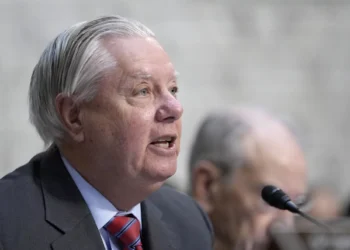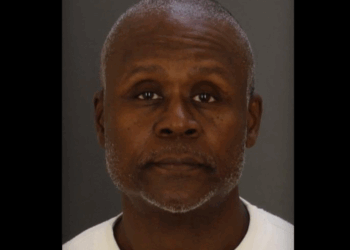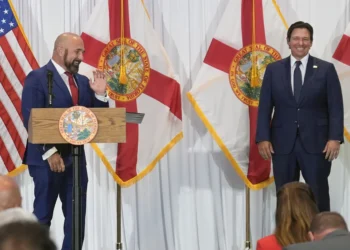Before we delve into Grover Cleveland’s second term, let’s deal with his place in history. Two-term presidents are not uncommon (blessing the Adams duo’s hearts since it evaded both father and son). But two terms in non-consecutive order? It’s only happened twice, so file that morsel away for your next trivia contest.
Now, back to our United States history and Grover Cleveland’s second term. The Clevelands packed up and moved back to the White House in 1893 just as the country entered a period of deep depression. How depressed was the economy? By 1895, one-third of manufacturing employees were out of work, and 25% of workers in urban areas had been dismissed. Banks were closing all across the country. I feel certain that Cleveland must have looked in the mirror and muttered something about why he had ever agreed to run again after losing in 1888. It was a difficult time for the American people, and they looked to the president and Congress for answers. Both struggled with finding a solution.
As economic woes continued, one man decided to force the leaders to pay attention to the needs of the people. Jacob Coxey organized unemployed workers from across the Midwest, and Coxey’s Army marched to Washington, DC, demanding governmental action. Coxey’s suggestion was that the government should create public works projects and relief. Money flowing would help stabilize the economy, restore individual self-worth, and improve public spaces. Sounds like an interesting idea, right? (FDR was definitely a student of history!) However, Grover Cleveland did not believe that the government should be in the “public works” effort, and Coxey’s Army was unable to change his mind.
In fact, Cleveland so upset his own Democratic Party’s foundation that in the 1894 midterm elections, the Democrats lost the Deep South. WHAT? Yes, the party turned on his policies, and the White House was under attack from both Republicans and Democrats. Cleveland would leave office believing that his ideas and talents were wasted on an ungrateful nation.
So, what if any legacy remains from Cleveland’s two terms?
He certainly strengthened the power of the executive branch; he invoked executive privilege in refusing to turn over executive department files to a congressional investigation. He frequently exercised his veto powers to lessen the power of a legislative branch that had grown exponentially stronger since the Civil War. Did you know that he called out federal troops to end the Pullman Strike and get the railroads running again? He did — and then he threatened war with Great Britain over boundaries in South America, and the Brits backed down. He handled the office of the presidency as a command post, but he was not a visionary, and he certainly was not a socially conscious president. Was he hardworking and honest? Yes. Did he move the country forward toward the 20th century? No.
Would the next president, William McKinley, perform better? Was he prepared to meet the challenges facing the first president to step across into the 20th century?
Young William was a small-town boy from Ohio, nurtured by a loving family that included seven siblings and days spent roaming across the land, hunting, swimming, riding, and just enjoying life. He learned the value of hard work and accomplishments, guided by a deeply religious lifestyle that embraced prayer, faith, and “good works.” He was an academically minded student who found his college career cut short due to financial difficulties and his own illness.
And then the Civil War intervened, and William — 18 years old when the firing on Fort Sumter occurred — responded to the call for soldiers and joined the 23rd Ohio Volunteer Infantry. He served with valor, and after receiving his commission as a Second Lieutenant, McKinley joined the staff of Colonel Rutherford B. Hayes — that’s two future presidents serving together in the quest to preserve the Union. Hayes became a mentor, and McKinley advanced to Brevet Major by the end of the war.
Law school and politics both beckoned. After finishing Albany Law School, young William advanced quickly. By 1869 he had been elected county prosecutor, and within a decade he entered the U.S. House of Representatives, serving for almost 15 years and becoming the chairman of the House Ways and Means Committee. After losing his reelection campaign in 1890, McKinley returned home and interestingly was elected governor of Ohio only one year later.
The governorship of a powerful state can prove a valuable stepping stone to a higher office, and McKinley’s political savvy and natural inclination to bring opposing views together in compromise gained national attention. Issues related to labor, strikes, and the protection of workers’ rights amidst a time of economic upheaval convinced many voters that William McKinley was a man of integrity and compassion. He was reelected as governor, but even more significant, the Republican Party leadership began to look his direction as they considered the 1896 presidential campaign.
That campaign would be one for the manuals — gritty and compelling — pitting McKinley against “The Commoner,” William Jennings Bryan.
Ah, the stories…
















